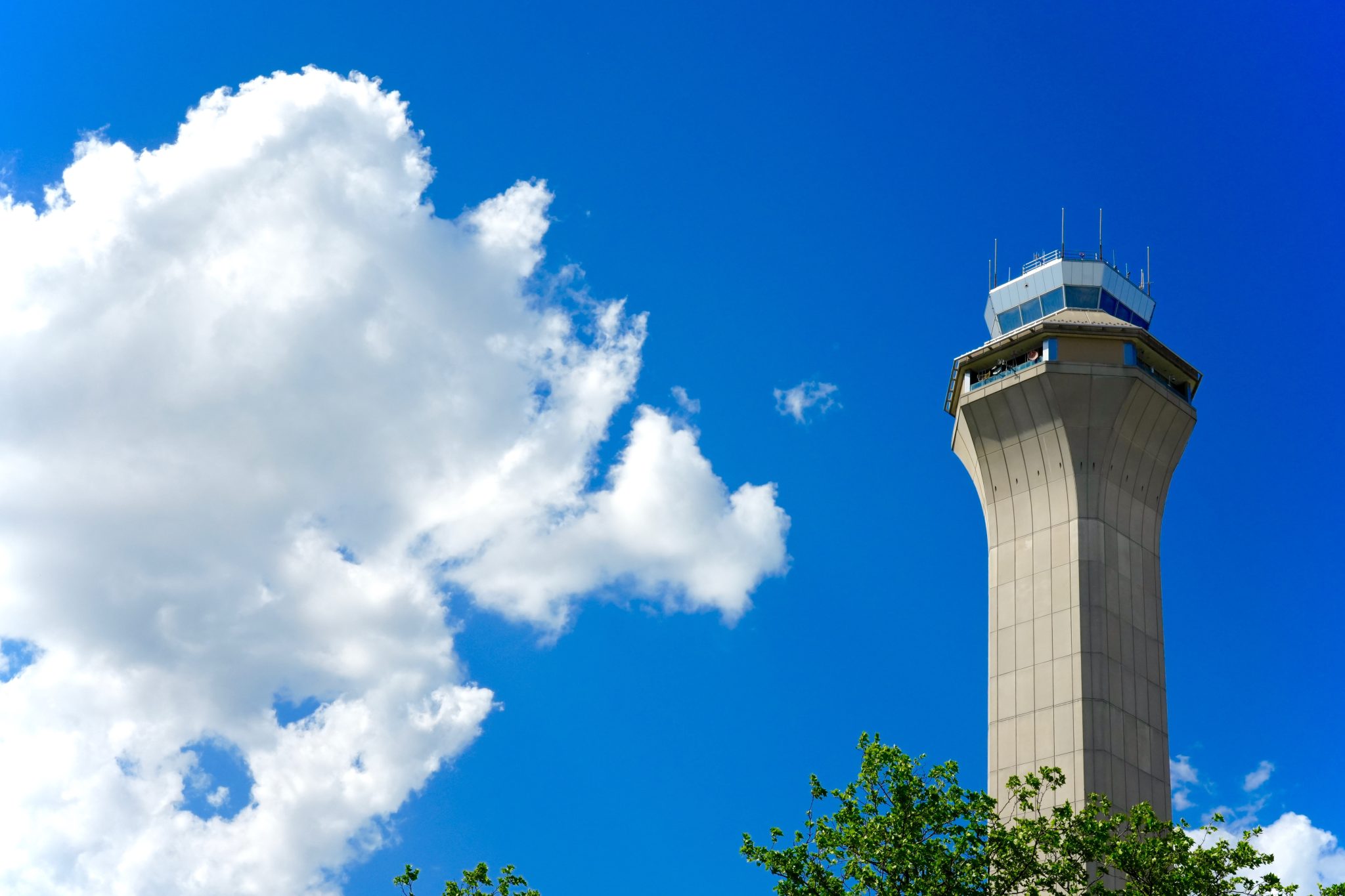Outdated Systems Threaten US Skies

America’s air traffic control system is hanging by a thread of outdated technology and insufficient staffing, posing a critical risk to flight operations nationwide.
At a Glance
- The U.S. air traffic control system operates with obsolete radar and mechanical systems.
- There is a shortage of over 3,000 qualified air traffic controllers.
- Despite a $12.5 billion budget, more investment is crucial for modernization and safety.
- Equipment is often cobbled together using parts sourced from online markets.
Outdated Technology and Strain on Personnel
The American air traffic control system, one of the most complex in the world, is managing over 45,000 commercial flights every day with technology that’s frankly from the dinosaur age. The reliance on analog radar, copper wiring, and equipment that should belong in a museum discredits us on the global stage. Meanwhile, hard-working air traffic controllers are pushed to the brink, with 41% working extended hours due to a glaring shortage of over 3,000 personnel.
Watch a report: Airline CEOs Support Upgrading of America’s ATC System
In a frantic bid to keep the skies safe, parts essential to maintaining operations are scavenged from eBay, a practice that can best be described as alarming. The FAA is hastening its upgrade plans, with new digital systems slated to replace outdated radar and paper-strip technologies. A recent initiative has referred over 8,000 candidates for the FAA aptitude exam, a slight glimmer of hope in an otherwise dire situation.
Funding: A Mere Drop in the Ocean
Despite the federal government’s $12.5 billion investment toward the modernization effort, Transportation Secretary Sean Duffy has described this as merely a “down payment.” He suggests an initial step should include at least $20 billion, with the modernization’s total price tag possibly hitting $31 billion. The FAA’s infrastructure demands massive upgrades to avoid breakdowns and to stay competitive.
“We are going to need a lot more money, but this is the one vehicle we have to start building right now. Frankly, I hope the Congress finds more money. … They have the ability to find extra resources and to put it into this mission.” – Transportation Secretary Sean Duffy
A Call to Action
The Modern Skies coalition calls for $31 billion to execute a full modernization, a price to pay for ensuring the integrity and safety of the system. Leading voices, like Paul Rinaldi, emphasize that this is the most significant infrastructure project undertaken in decades and it demands comprehensive support. A breakdown in air traffic control isn’t just an inconvenience; it’s a potential catastrophe. It’s time for Congress to stop dilly-dallying and properly fund this critical sector.
“This is the most important infrastructure project we’ve done in decades, and it needs to be fully funded.” – Transportation Secretary Sean Duffy
If we do not act swiftly, the consequences could be dire for both passengers and our economy. Let’s ensure our skies are safe, our air traffic controllers are supported, and our national pride is restored.
